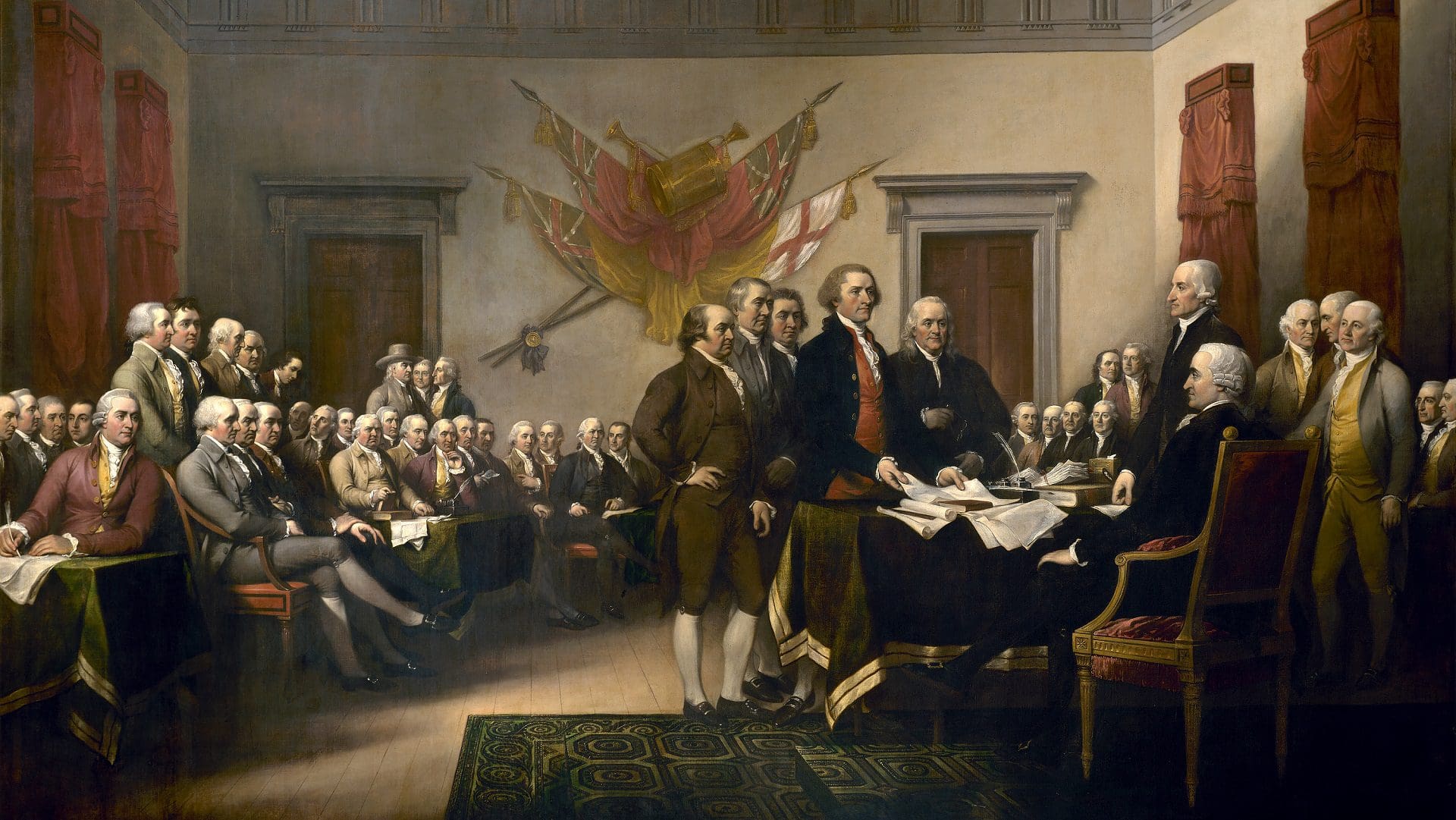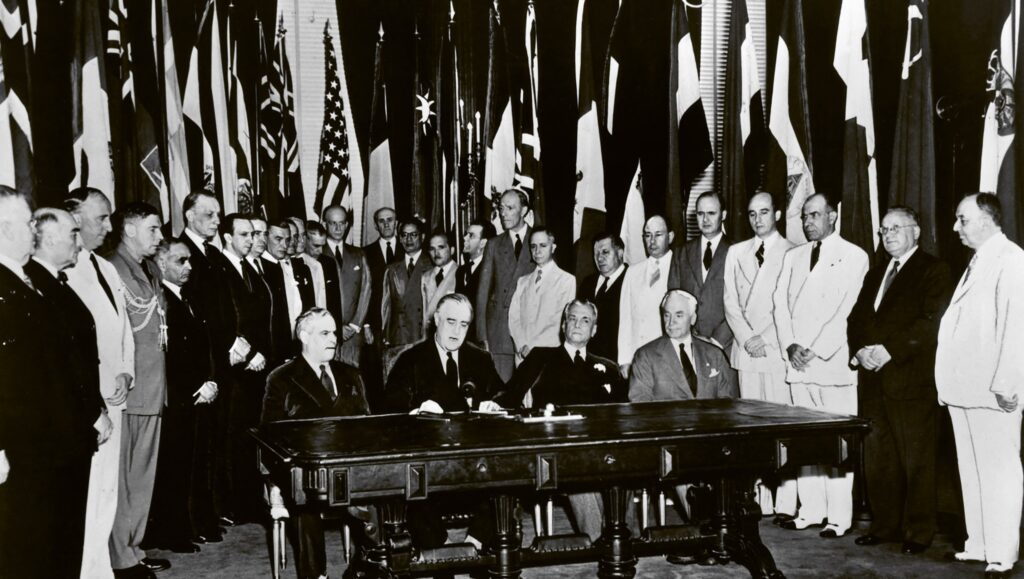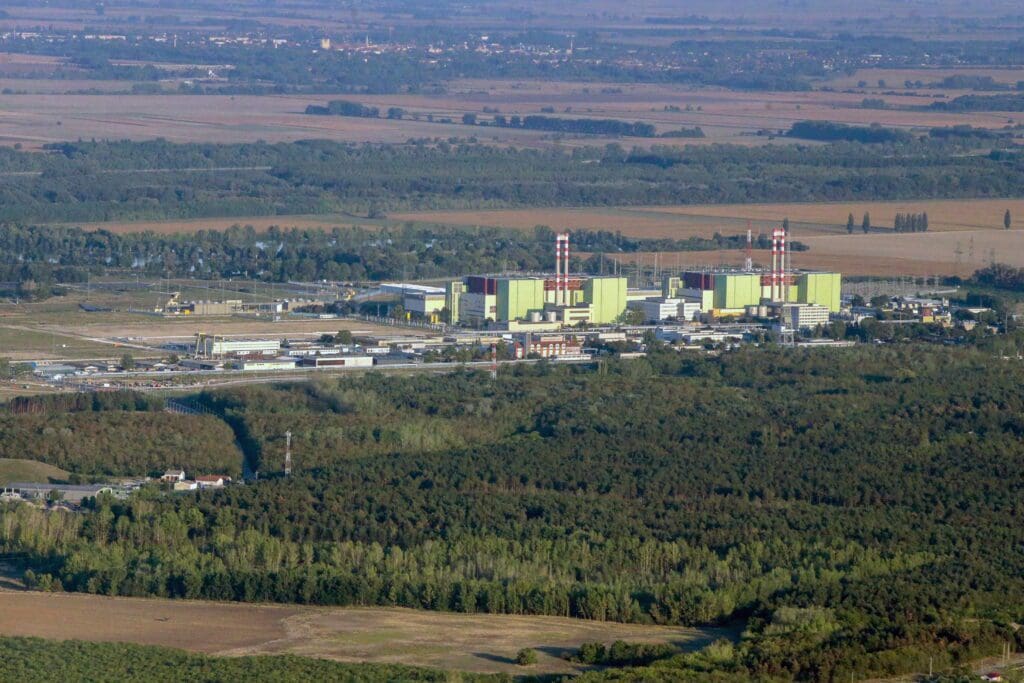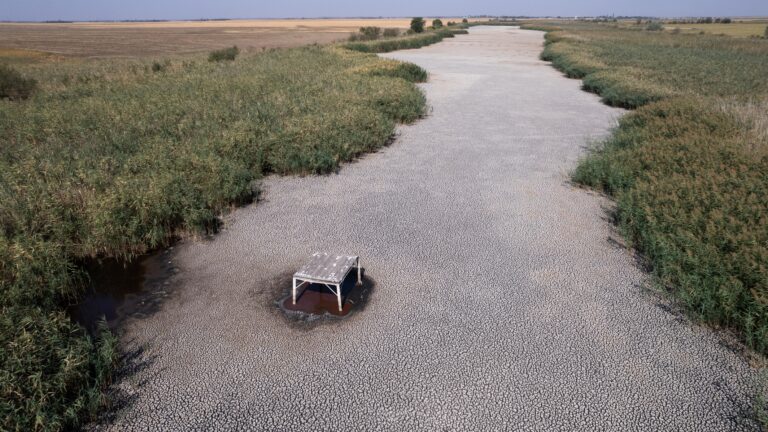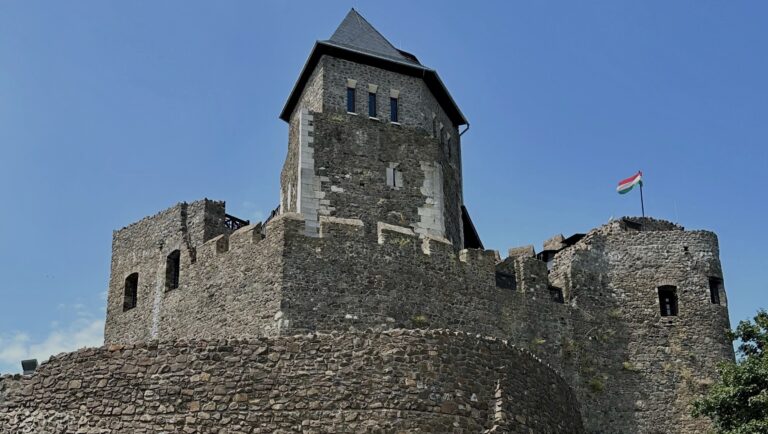‘The Second Day of July 1776, will be the most memorable Epocha, in the History of America. I am apt to believe that it will be celebrated by succeeding generations as the great anniversary festival’, Founding Father and second US President John Adams excitedly wrote in a letter to his wife from Philadelphia, Province of Pennsylvania in July 1776. By that time, the American Revolution had been raging on for over a year.
However, it was not a War of Independence yet—the original goal of the rebellion by the colonies was to fight for a more favourable position in the British Empire, doing away with excessive taxation and establishing representation in the British Parliament, while remaining a part of it. ‘The shot heard around the world’, the incident that triggered the mass rebellion in North America, took place on 19 April 1775, another very important date in American history, at the battles of Lexington and Concord.
On 2 July, however, the Continental Congress made the radical decision to officially break away from the British Crown. The Resolution for Independence, after about a month of debate, was accepted by Congress nearly unanimously on that fateful day, with 12 colonies voting in favour of it, and only New York abstaining. No wonder Adams, a representative for Massachusetts, was in awe of the historical significance of their monumental decision.
Adams also served on the committee that produced the Declaration of Independence, along with Benjamin Franklin, and the primary author of the famed document, Thomas Jefferson. The Declaration was presented to the Continental Congress on 4 July 1776, and the delegates who happened to be in town gave it their formal approval with their signatures, ‘in pensive and awful silence’, as Founding Father Benjamin Rush described the events later.
However, it is important to note that not all 56 delegates signed the document on 4 July.
No such scene as depicted in John Trumbull’s 1819 painting Declaration of Independence actually took place, where all Continental Congress delegates gathered in the room at once. Who exactly signed on what date is now lost to history. Second Continental Congress President John Hancock’s name is written first and in the largest letters—he definitely did sign it on the 4th, and was the first to do so. It is also an accepted fact by historians that delegates travelled to the Pennsylvania State House, later renamed Independence Hall, to record their names on the Declaration of Independence as late as August 1776.
John Adams- American History
From HBO’s Miniseries “John Adams” “What do we mean by the Revolution? The war? That was no part of the revolution; it was only an effect and consequence of it.
John Adams did not live to see himself proven wrong in his prediction. While celebrations for American independence had been taking place in early July as early as 1777, and really ‘went into fashion’ after The War of 1812, 4 July did not become an official federal holiday until 1870. Congress passed an act designating the date as a federal holiday in June 1870, during the time of the first Grant administration, and only five years after the American Civil War ended.
However, in a remarkable coincidence, 4 July did end up having an even bigger role in Adams’ life,
as that was the date he passed away, right on the 50th anniversary of the signing of the Declaration of Independence in 1826.
What’s more, the primary author, who Adams helped in drafting the Declaration, Thomas Jefferson, also died on the very same day, only hours before Adams.
The two had a tumultuous relationship with each other, going from close allies and friends in the Continental Congress to bitter foes and political rivals, then reconciling again near the end of their lives through letters sent back and forth between Peacefield, Massachusetts and Monticello, Virginia.

